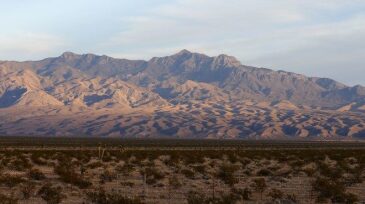Environment
The Norwegian Ministry of Energy has approved the Phase 2 expansion, which is expected to increase carbon dioxide storage capacity from 1.5 million tonnes to 5 million tonnes.
DNV’s carbon capture and storage outlook forecasts a massive shortfall in the projects necessary to help the world reach net-zero emissions by 2050.
Buoy-based camera footage, analyzed by artificial intelligence, can help reduce the risk of birds colliding with offshore wind farm turbines.
-
The Bureau of Land Management may stop studying how its long-term blueprints for millions of acres of public lands would affect the environment.
-
Canada’s wood bison, who live in northern Alberta near the proposed site of Teck Resources’s Frontier oil sands project, face “imminent threats” to their recovery, a report from the country’s environment department said.
-
The new standardized ERA Acute method provides quantitative assessment of environmental impact and risk of acute oil spills covering four environmental compartments: sea surface, shoreline, water column, and seafloor.
-
The state of Florida has reached a deal with a private real estate firm to buy a large swath of environmentally sensitive wetlands in the heart of the Everglades to spare the tract from oil drilling, the governor announced.
-
A multibillion dollar boom in petrochemical plants proposed along the US Gulf Coast could pump as much greenhouse gas into the air as 131 coal-fired power plants by 2030, according to a study released by researchers at The University of Texas.
-
The company said its goals underscore its strong environmental, social, and governance performance as it responds to rising global energy demand. In addition, it said, the goals are aligned with the United Nation’s Sustainable Development Goals.
-
The international Ocean Renewable Energy Action Coalition, spearheaded by Ørsted and Equinor, has been formed to advance sustainable deployment of ocean-based renewable energy and mitigate the harmful effects of climate change.
-
As the pressure to act on climate change builds, the industry should consider a range of options.
-
The company has launched new climate ambitions to reduce the absolute greenhouse gas emissions from its operated offshore fields and onshore plants in Norway by 40% by 2030, 70% by 2040, and to near zero by 2050.
-
Equinor has released its plan for eliminating carbon dioxide emissions in Norway by 2050, but it comes with some tall technical challenges.













